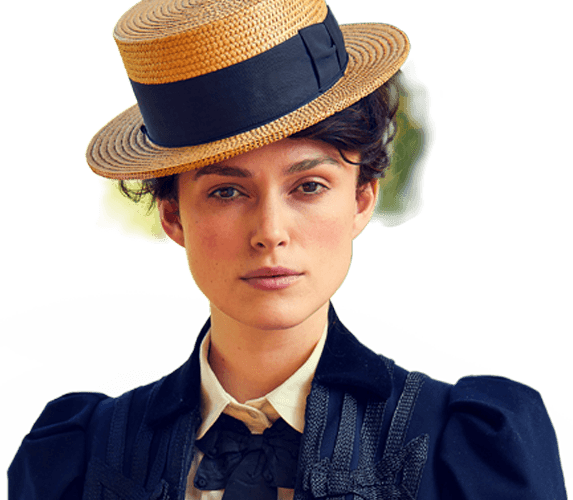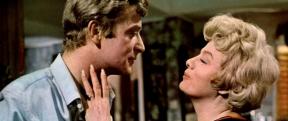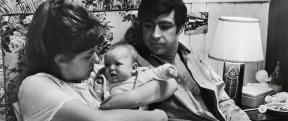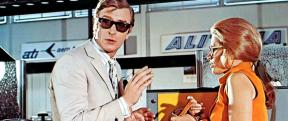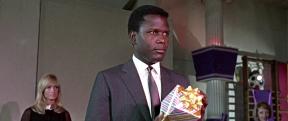Retrospective: Swinging 60s
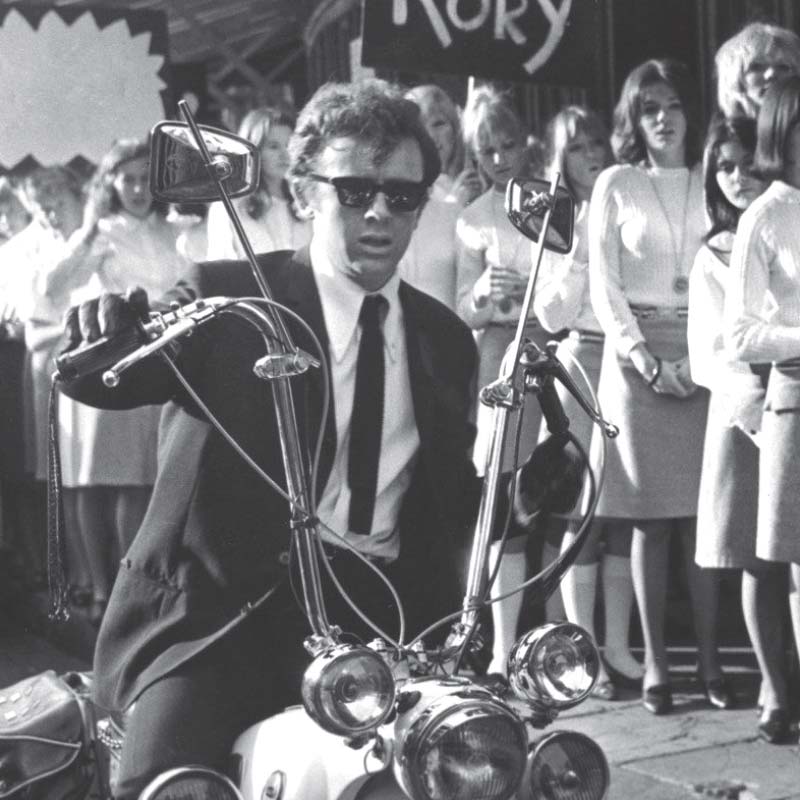
After the long postwar austerity and damp conformity of the 50s and early 60s, depicted in dark, kitchen-sink dramas such as Room at the Top, the mid-60s saw a dramatic turn in the tide for British filmmaking.
In London – the swinging capital of the world – radical changes to social and sexual politics was being fanned by a modern youth. The young, amateurish, and socially outcast were rattling the dentures of the old, established order of birth, rank, and gentility. Britain was undergoing a cultural revolution – symbolised by its pop and fashion exports, like Beatlemania and the miniskirt and the political activism of anti-nuclear campaigns, and sexual liberation.
Film joined the fun. The newfound Swinging 60s ushered in a more mischievous, spirited cinema. It saw a surge in formal experimentation, freedom of expression, colour, and comedy. Now, more than half a century after this revolution, we turn back the clock to find five films that let in the light on swinging London. Join us, as we escape to mod London with The Knack … and How to Get It (1965), Alfie (1966), Georgy Girl (1966), To Sir, With Love (1967) and The Italian Job (1969).
The five-time Oscar-nominated movie that rocketed Michael Caine to stardom features his memorable portrayal of a cockney womaniser whose exploits typified the freedom of Swinging 60s London.
A four-time Oscar nominee that gave us The Seekers’ hit song; in swinging London, a vivacious but homely 22-year-old suddenly finds herself the object of two men’s affections.
A true British classic, and consistently voted amongst the greatest British films of all time, the 1969 original follows a con (Michael Caine) working on a gold heist in Turin.
Winner of the Palme d’Or at the Cannes Film Festival, Richard Lester (A Hard Day’s Night) presents this cheeky romp about a man who seeks the ‘knack’ for seducing women.
Sidney Poitier is magnificent as a novice teacher who faces a class of rowdy working-class punks in this classic that reflected the fears of London teens in the 60s.


